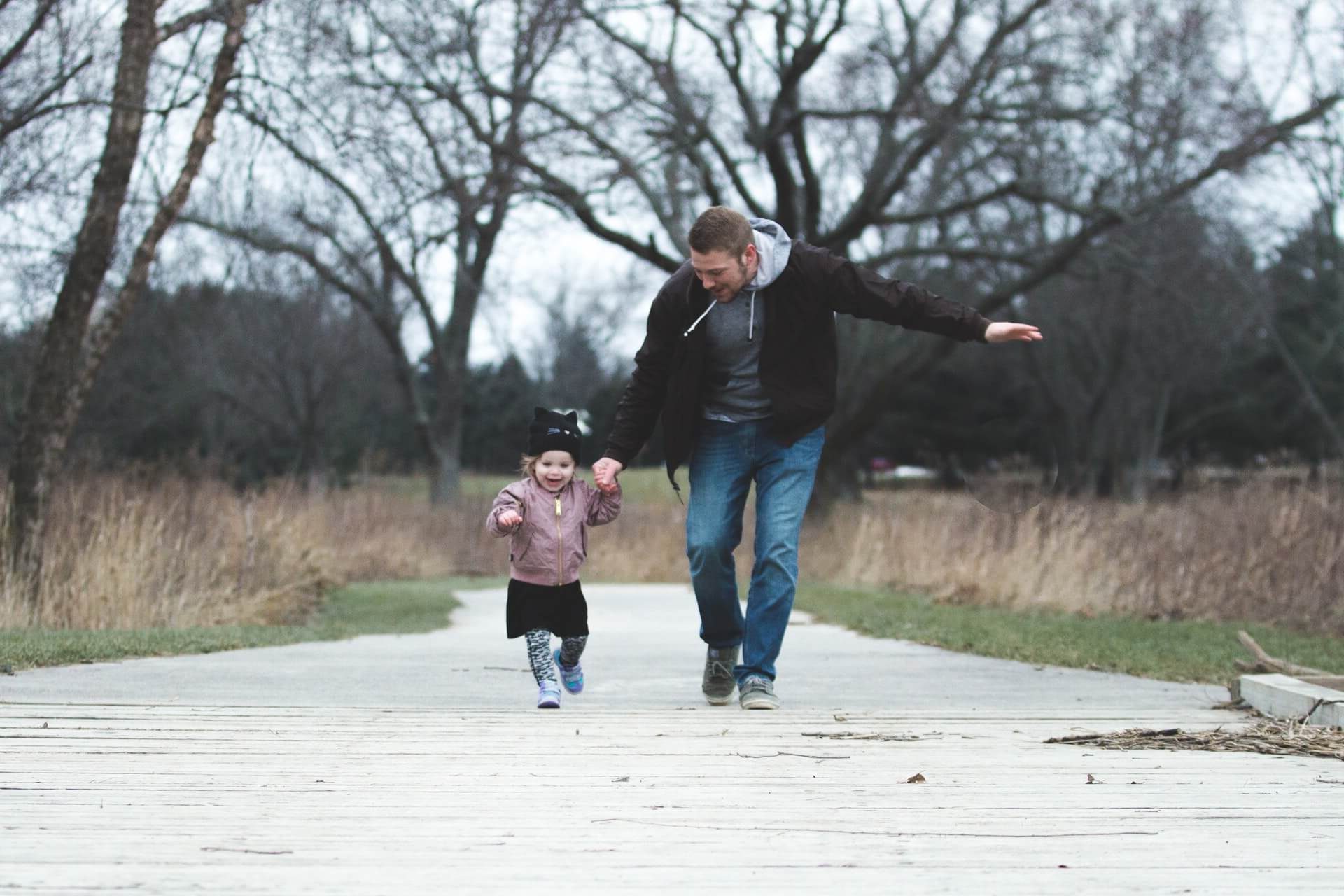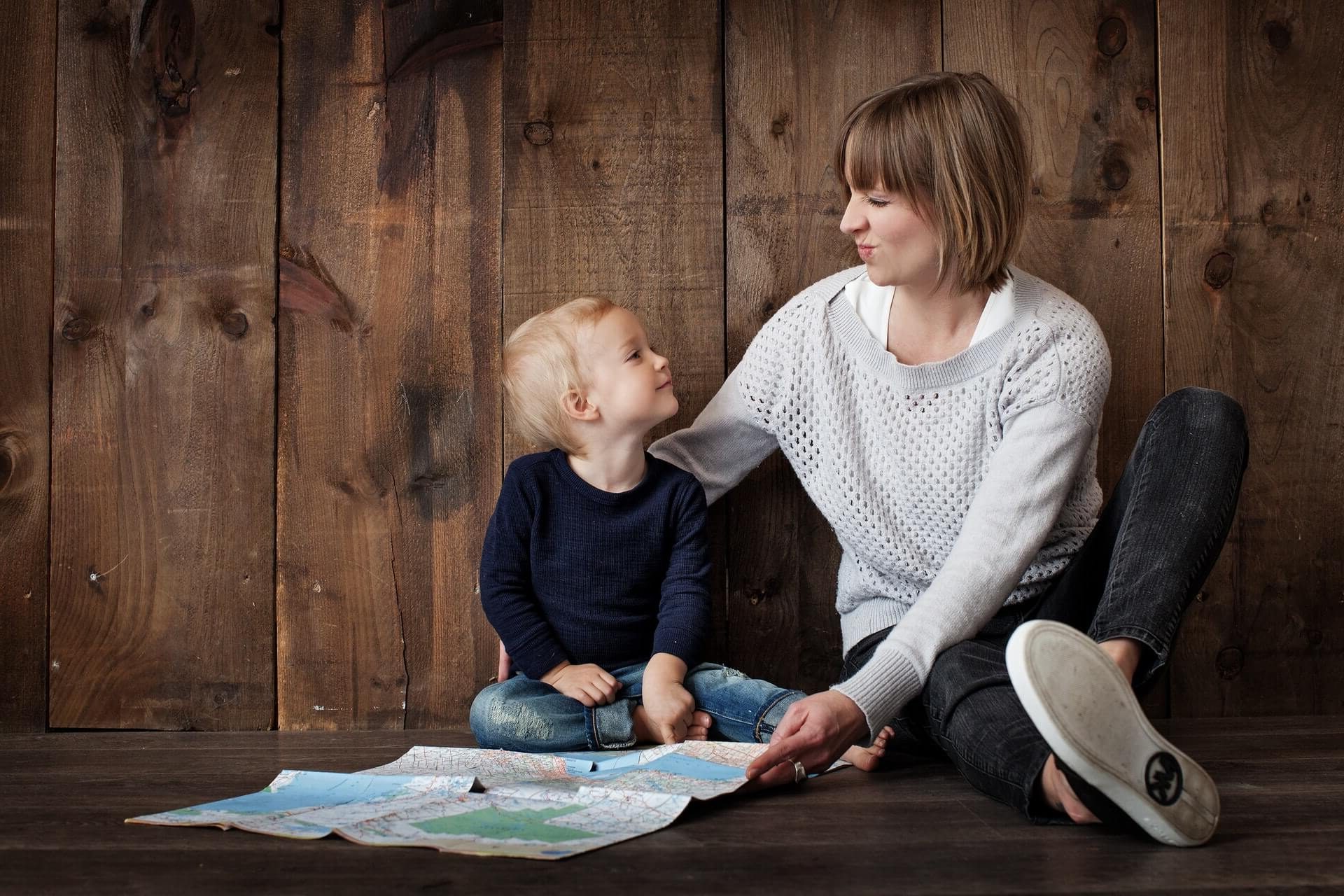child maintenance service number
The phone number for the Child Maintenance Service number is 0800 171 2345.

Child Maintenance is a service that can help separated parents pay for the living costs of a child. Then, you may receive or a certain amount on a weekly basis. Your Benefit will tell you everything you need to know about Child Maintenance.
The Child Maintenance Service is a system that allows parents to pay or receive payments for the living costs of a child. It is intended in the case that parents were not able to make private arrangements for it. Private arrangements is another way of saying that you figured out a solution by yourself.
This benefit can be received by a parent if they are divorced or separated. The child also needs to be a certain age. More specifically, they need to be one of the following:
The amount of Child Maintenance that needs to be paid is usually calculated in 6 steps. The final amount calculated will be for how much money you can get or pay weekly.
Second, things that may impact income will be observed. This can include additional children, or pension payments. Then, yearly gross income will be converted to calculate a weekly amount.
Third, a rate will be applied. This is based on the paying parent’s weekly gross income amount calculated previously.
| Child maintenance amount 2022 | ||
|---|---|---|
| Paying parent's total gross weekly income | Rate name | Weekly amount |
| Either unknown or not provided | Default | £38 for a single child, £51 for 2 children, £61 for 3 children or more |
| Under £7 | Nil | £0 |
| £7 up to £100, or if the paying parent receives benefits | Flat | £7 |
| £100.01 to £199.99 | Reduced | Worked out using a formula |
| £200 to £3,000 | Basic | Worked out using a formula |
Fourth, additional children under the care of the parent(s) will be taken into account. Fifth, the weekly amount to be paid will be calculated, using all previously acquired information. Finally, shared care is determined. This is choosing when a child stays overnight with the paying parent.

Money that the receiving parent earns is paid directly into their bank account. There are different ways in which Child Maintenance is paid. They include paying:
The first payment will usually be initiated no more than 12 weeks after the payment arrangements are decided.
You may be the paying parent. In this case, you will receive a letter with all the necessary information about when and how much you are required to pay. This is also known as a payment plan.
You may be the receiving parent. In this case, you will receive a letter with all the necessary information about when and how much you will be paid. This is also known as an expected payment plan.
You may be experiencing controlling behaviour or domestic abuse. In this case, you may contact the Child Maintenance Service. Indeed, they will be able to arrange Child Maintenance for you. They will do so with the child’s other parent.
You may also have changed home address. In this case, you may not want the other parent to know what your address is. If so, then ask your bank to configure an account that has ‘non-geographic’ sort code.
You first need to wait for the Child Maintenance Service to figure out an amount to pay. However, once this has been done, the payments can be set up by you. Indeed, this is known as Direct Pay.
Standing order remains the easiest way to pay. However, what does this mean? The money paid by the paying parent goes from their bank, Post Office or building society account directly inside the account of the receiving parent.
You are not alone in this process. In fact, if necessary, the Child Maintenance Service is able to make sure that the paying parent makes missed payments. However, it is recommended you keep track of the payments that are made. This will help if there are any problems with them later on.
Your situation may include you using the Child Maintenance Service in order to receive and transfer payments. If this is the case, this will be done depending on when the paying parent receives their wages, benefits or pension. This is known as Collect and Pay.
There is a fee that must be paid each time that a regular child maintenance payment happens. This is regardless of whether you are receiving or paying the amount. Indeed, making payments in advance cannot keep you from having to pay collection fees. The amounts are the following:
However, some things will not have to be paid in certain situations:
If a parent decides not to pay this benefit, certain actions will be taken. Indeed, enforcement charges require the paying parent to pay an additional charge, the amount depending on the measure taken.
Second, if it is a lump sum deduction order, the fee will be £200. Third, for a regular deduction order, the fee will be £50. Fourth, for a deduction from earnings request or order, the fee is £50.
If payments are done through the Child Maintenance Service, they will take action automatically. However, the paying parent may be paying this benefit directly, and used the Child Maintenance Service only to calculate the amounts that needed to be paid. In such a case, action will need to be requested by the receiving parent.
It may be the case that the parent of a child denies their parentage. If so, the Child Maintenance Service will take the following actions:
There may not be any evidence that the parent in question is not the parent. If this is the case, the Child Maintenance Service can do any of the following:
The Child Maintenance Service may assume parentage. This is the case if any of the following situations apply to the individual that is named as parent:

A parent may be disputing parentage. However, an amount may have already been determined. If this is the case, the parent in question has to make the payments, until they are able to provide proof that they are not the parent.
The amount of Child Maintenance to be paid may not be determined while parentage is disputed. If this is the case, the amount to be paid will not be determined and payments will not be demanded. This is until an agreement has been reached.
If the individual is indeed shown to be the parent, the amount to be paid will be backdated. This means that the parent will have to make all the payments that they have missed.
If this is the case, a few things may happen. The Child Maintenance Service can:
What will be asked to be refunded depends on the particulars of your case.
The phone number for the Child Maintenance Service number is 0800 171 2345.
Kinship carer in Scotland in 2022: your benefits and rights
Child Benefit: how to report changes online in 2022
Child Adoption in the UK in 2022: everything you need to know
Surrogacy UK in 2022: how it works and your rights
How to claim Child Benefit in 2022
Child Winter Heating Assistance 2022: how to get this benefit
Guardian’s Allowance: how to get this benefit in 2022
Child Disability Payment 2022: everything you need to know
Scottish Child Payment: how to get it in 2022
School Uniform Grant: how to get it in 2022
Our algorithm calculates which grants you are eligible to apply for.
Simulate your benefits